“If thou of fortune be bereft,
And in thy store there be but left
Two loaves—sell one, and with the dole
Buy hyacinths to feed thy soul.”
- James Terry White, 1907
Hyacinth, the dainty spring beauty. These popular garden and cut flowers come in a variety of spring colours and have been beloved and cultivated for more than 400 years. The hyacinth has a renowned beauty and fragrance that has even been referred to as “nature’s perfume” so it's no surprise that this beauty has a long history and extensive fandom. Did you know the hyacinth was first recorded in literature as early as 8 century? Keep reading for more details on this infamous spring flower.
Pronunciation
hai·uh·snth
Scientific Information
Hyacinths are a small genus of perennial flowers within the Asparagaceae family, the same family as the asparagus. Growing between 10-20 cm in height, the hyacinth grows from a bulb with four to six leaves and a single stalk that contains multiple blooms.
Hyacinth Origins
The hyacinth is native to the eastern Mediterranean. Its name is one from a dead Greek language, Thracopelasgian, lost to antiquity some 4000 years ago. In this language, hyacinth connects to the blue colour of water of which the Hyacinthus orientalis variety comes in such a shade.
Hyacinth History
The Hyacinthus orientalis is the flower that is responsible for the wide range of glorious hyacinth types that we call come to know and love. Hyacinths have been cultivated for more than 400 years. It is believed that the Romans brought the hyacinth back from the Middle East for its intoxicating fragrance. In the 1500s the flower made its way to England and the Netherlands by Carolus Clusius, a famous botanist and curator, where its popularity quickly spread, even making its way into the French high fashion and German royalty. The Dutch then created some of the most popular varieties that we know today.
Hyacinth Types and Colour Varieties
There are over 2,000 varieties of hyacinth with its original colours being that of blue and white. Since then its cultivars have expanded to include the colours purple, red, pink, orange, and yellow. Hyacinth also comes in double and semi-double blooms as well as scented and unscented.
Hyacinthus orientalis Anna Marie
The Anna Marie hyacinth has light pink flowers with darker centres with the blooms changing to a darker shade of pink as they mature. The Anna Marie hyacinth is an award-winning variety that can grow up to 10 inches in height making them a welcome addition to any home or garden.
Hyacinthus orientalis Blue Jacket
The Blue Jacket hyacinth gets its name from the dense blooms that come in deep shades of blue and purple stripes. This blue stunner is a great garden showpiece that is naturally resistant to deer and rabbits making this flower an easy one to maintain even for the novice gardener.
Hyacinthus orientalis Carnegie
Growing pure, snow-white flowers, this hyacinth is prized for its bright white blooms and deep contrasting green leaves. Striking enough on its own this flower also pairs nicely in rock gardens or as borders.
Hyacinthus orientalis City of Haarlem
Image from Clive G on Flickr
The City of Haarlem has been a popular hyacinth variety since the 1800s with its creamy and delicate yellow blooms. This flower was named for the centre of the historic Bollenstreek in South Holland, a prominent area of bulb cultivation.
Hyacinthus orientalis Gypsy Queen
The Gypsy Queen blooms in a wonderful summer coral colour. This warm and cheery flower has a fantastic fragrance while also being naturally resistant to deer and rabbits making it a popular flower for the garden.
Hyacinthus orientalis Woodstock
The Woodstock hyacinth is a long blooming spring variety that blooms with plum-coloured flowers. This unique hue makes them a popular hyacinth variety that is further complimented by their fragrant aroma.
Hyacinthus orientalis Lady Derby
The Lady Derby has been a favourite variety since 1883. The Lady Derby has a distinct pale-rose pink colour with dense, starry flowers, and rich fragrance.
Hyacinthus orientalis Splendid Cornelia
Growing in a pastel lilac colour, the Splendid Cornelia has a unique faded appearance with visible blue veins. Its stems are also a unique shade, as many varieties of hyacinth have green stems but the Splendid Cornelia’s is burgundy.
Hyacinth Symbolism and Meaning
The hyacinth is rooted in Greek lore. A young boy named Hyakinthos was said to be adored by both Apollo, the sun god and Zephyr, the god of the west wind with each god competing for the boy’s attention. One day Apollo was teaching Hyakinthos how to throw a discus and Zephyr became so enraged with jealousy that he blew the discus back, striking Hyakinthos in the head and killing him. A flower grew from Hyakinthos’ blood in which Apollo named it hyacinth.
In general, the hyacinth symbolises constancy, sorrow, regret, and forgiveness but during the Victorian era and within the language of flowers it became a symbol of sporting activities or play. Each colour of hyacinth also carries its own unique meaning.
*Purple - symbolizes royalty and spirituality.
*Blue - represents fidelity, loyalty and sincerity,
*White - innocence and purity.
*Red - symbolizes playfulness, love, romance, and passion.
*Yellow - symbolizes jealousy.
Related: Spring and Summer Wedding Flower Arrangements
Hyacinth in Flower Arrangements
Related: Spring Flowers to Brighten Any Space
It’s no surprise that a stunning flower like the hyacinth makes its way into the hands of florists and flower-lovers alike. Their vivid colours and unique shape make them welcome additions to many flower arrangements. Due to their strong fragrance hyacinths are often not paired with other strong-smelling flowers, like lilies, for example, and may not be a good choice for those with allergies or sensitivities.
*The round shape, numerous blooms, and pastel colours of the hydrangea complement the elongated appearance of the hyacinth and its bright colours.
*Tulips and daffodils are other spring flowers and pair nicely in spring flower arrangements with hyacinths.
*While similar in appearance, muscari pairs nicely with hyacinths. Many think the flowers are the same or related but they are from different families.
*Take the colour of your hyacinths and pair them with other flowers in a similar shade for an intensely colourful bouquet.
*Hyacinths make great indoor planters and can be used to decorate any space.
Related: Creative Flower Arrangements in Your Favourite Colour
General Hyacinth Care
Hyacinths are easy flowers to keeps as they require little maintenance once in bloom. With the proper care, they flourish in gardens and within homes. Due to its toxicity, it is important to keep the hyacinth away from pets.
Hyacinth Garden Care
When planting hyacinth bulbs, it’s very important to use gloves because they can irritate the skin. Bulbs should be planted mid to late autumn. Hyacinth bulbs should be planted 6 inches deep and with 5-6 inches between other bulbs or flowers. They should be planted in an area of full sun or partial shade and with soil that drains well.
*Do not overwater hyacinths or their bulbs will rot.
*Once the flowers have finished blooming, remove the blooms but do not remove the foliage as they are needed for next year’s blooms.
*Hyacinths require a period of cold weather to bloom, so in Hong Kong, the bulb should be dug up in the autumn and stored in a cool and dry area, like the fridge, for 6 to 8 weeks before replanting.
Hyacinth Cut Flower Care
Hyacinths last around one week in cut flower arrangements with proper care. Many hyacinth lovers opt to have hyacinths as potted plants to keep them in their homes and offices longer.
*Do not cut the stems of the hyacinth. The stem may be black on the bottom but that’s because they’re cut from the bulb in a particular way so that part of the bulb is left to help prolong its cut flower life.
*Do not remove any of the foliage unless it is damaged.
*Keep the flowers in a cool place away from drafts.
General Flower Care:
*Use flower food.
*Remember to remove and prune the dead or dying leaves or petals, especially if they’ve fallen in the water.
*Change the water daily.
Interesting Facts About Hyacinths
*The hyacinth is toxic, including its leaves, bulbs, and sap when ingested, however, the hyacinth bean is edible and has been used to flavour many foods. It’s one of the herbal medicines to treat a variety of ailments.
*Hyacinths were first mentioned by Homer in the Iliad as one of the flowers which formed the couch of Hera, the queen of heaven and Earth.
*The hyacinth became fashionable in Germany with King Friedrich Wilhelm III
*The French were known to use hyacinths in the Victorian era for poisoning people.
This is a Hong Kong GGB original 'Flower Facts: All About Hyacinths' blogpost.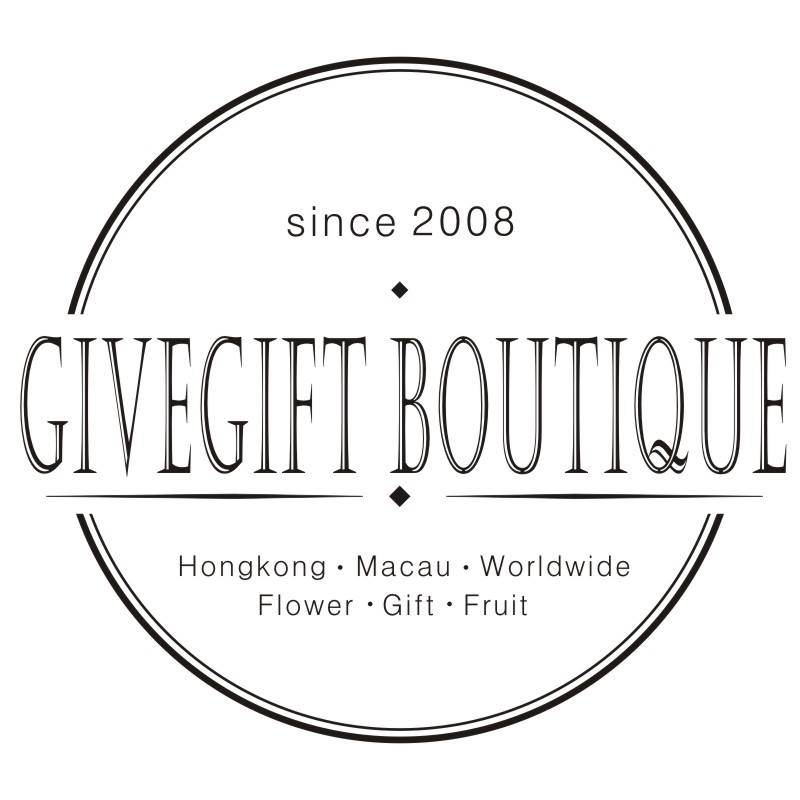

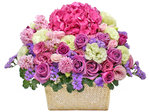
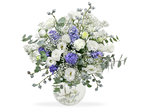

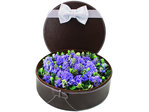



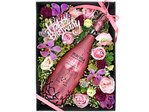

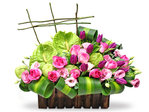
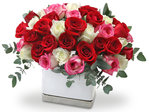
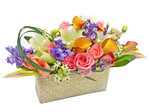
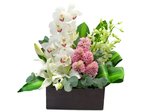
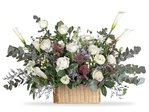

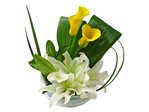

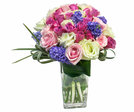
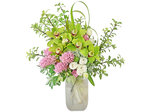

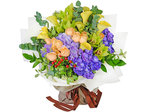
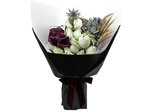
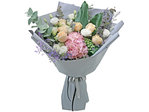
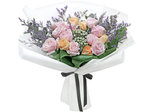
 Share
Share Tweet
Tweet +1
+1  Pin it
Pin it Post
Post  Weibo
Weibo Review
Review

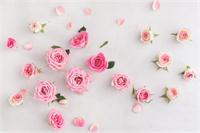

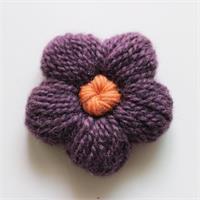
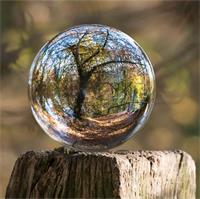
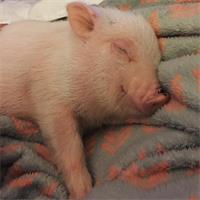
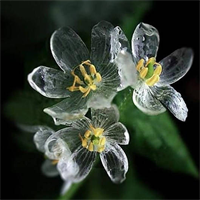
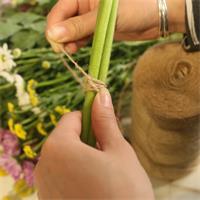
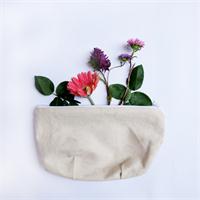



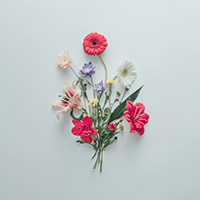
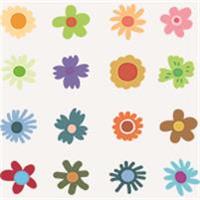




 Diwali Gifts
Diwali Gifts 
 ▶
▶